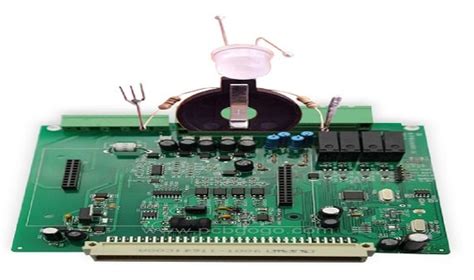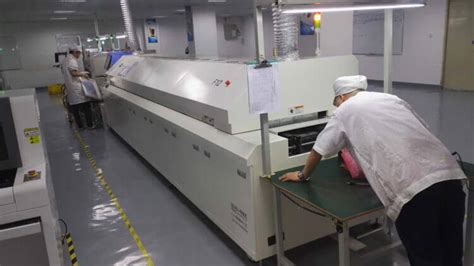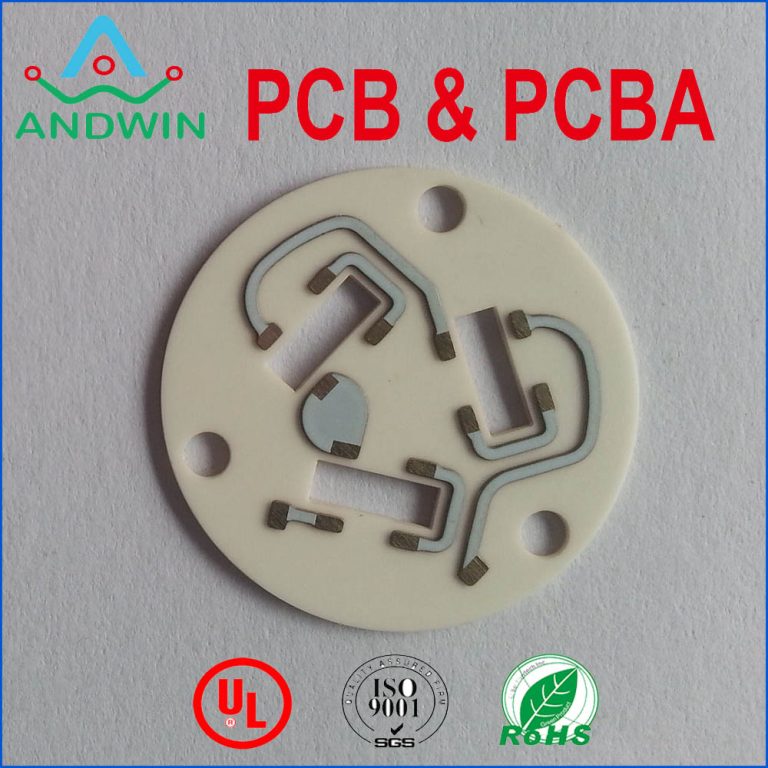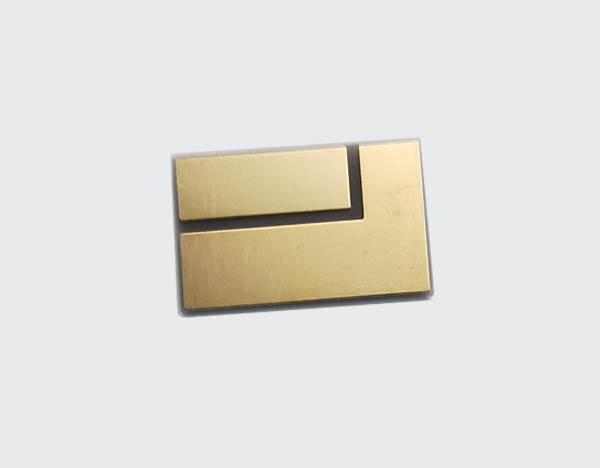Cheap ceramic pcb
Affordable Ceramic PCB Manufacturing Techniques
In the ever-evolving landscape of electronics manufacturing, the demand for high-performance, reliable, and cost-effective solutions is paramount.
One such solution that has garnered significant attention is the ceramic printed circuit board (PCB).
Known for their superior thermal conductivity, mechanical strength, and electrical insulation properties, ceramic PCBs are increasingly being utilized in high-power and high-frequency applications. However, the perception that ceramic PCBs are prohibitively expensive has often deterred smaller enterprises from adopting this technology. Fortunately, advancements in manufacturing techniques have paved the way for more affordable ceramic PCB solutions, making them accessible to a broader range of industries.
To begin with, one of the most significant factors contributing to the cost of ceramic PCBs is the material itself.
Traditional ceramic materials such as alumina and aluminum nitride are known for their excellent properties but come with a hefty price tag. However, recent developments in material science have introduced alternative ceramic composites that offer comparable performance at a fraction of the cost. These new materials, often a blend of ceramic and polymer, maintain the essential characteristics required for high-performance applications while significantly reducing material expenses.
Moreover, the manufacturing process of ceramic PCBs has seen substantial improvements.
Traditional methods such as thick-film and thin-film technologies, while effective, are labor-intensive and time-consuming, leading to higher production costs. In contrast, modern techniques like Low-Temperature Co-fired Ceramic (LTCC) and High-Temperature Co-fired Ceramic (HTCC) have streamlined the production process. These methods involve co-firing multiple layers of ceramic and metal at once, which not only enhances the structural integrity of the PCB but also reduces manufacturing time and costs. Additionally, the advent of additive manufacturing, or 3D printing, has revolutionized the production of ceramic PCBs. This technique allows for precise control over material deposition, minimizing waste and further driving down costs.
Another critical aspect to consider is the scale of production.
Economies of scale play a crucial role in reducing the overall cost of ceramic PCBs. By increasing production volumes, manufacturers can spread the fixed costs over a larger number of units, thereby lowering the cost per unit. This approach is particularly beneficial for industries that require large quantities of PCBs, such as automotive and consumer electronics. Furthermore, collaborative efforts among manufacturers, suppliers, and end-users can lead to bulk purchasing of raw materials and shared resources, further driving down costs.
In addition to material and manufacturing advancements, design optimization is a key factor in achieving affordable ceramic PCBs.
By leveraging advanced design software and simulation tools, engineers can optimize the layout and structure of the PCB to minimize material usage and enhance performance. Techniques such as via-in-pad and embedded components can reduce the overall size and complexity of the PCB, leading to cost savings in both materials and manufacturing. Moreover, design for manufacturability (DFM) principles ensure that the PCB design is optimized for efficient production, reducing the likelihood of errors and rework.
In conclusion, the perception that ceramic PCBs are inherently expensive is being challenged by recent advancements in materials, manufacturing techniques, and design optimization. By embracing these innovations, manufacturers can produce high-quality ceramic PCBs at a more affordable price point, making this technology accessible to a wider range of applications. As the demand for high-performance electronic solutions continues to grow, the adoption of cost-effective ceramic PCBs is poised to become a cornerstone of modern electronics manufacturing.
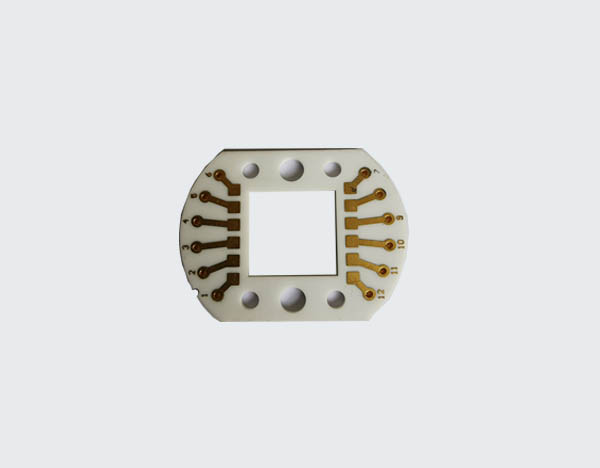
Cost-Effective Applications of Ceramic PCBs in Electronics
Ceramic printed circuit boards (PCBs) have long been recognized for their superior thermal conductivity, mechanical strength, and electrical insulation properties. Traditionally, these attributes have made ceramic PCBs a preferred choice for high-performance applications in industries such as aerospace, automotive, and telecommunications.
However, the perception that ceramic PCBs are prohibitively expensive has often deterred their use in more cost-sensitive applications. Recent advancements in manufacturing techniques and materials have significantly reduced the cost of ceramic PCBs, making them a viable option for a broader range of electronic applications.
One of the primary factors contributing to the reduced cost of ceramic PCBs is the development of more efficient production processes.
Innovations such as low-temperature co-fired ceramics (LTCC) and high-temperature co-fired ceramics (HTCC) have streamlined the manufacturing process, resulting in lower production costs. These methods allow for the integration of multiple layers and components into a single, compact board, thereby reducing material waste and assembly time. Consequently, the overall cost of producing ceramic PCBs has decreased, making them more accessible to a wider array of industries.
In addition to advancements in manufacturing, the use of alternative ceramic materials has also played a crucial role in lowering costs.
Traditional ceramic PCBs are often made from alumina (Al2O3), which, while effective, can be relatively expensive. The introduction of materials such as aluminum nitride (AlN) and beryllium oxide (BeO) has provided cost-effective alternatives that maintain the desirable properties of ceramics. These materials offer comparable thermal and electrical performance at a lower price point, further expanding the potential applications of ceramic PCBs.
The cost-effectiveness of ceramic PCBs has opened up new opportunities in consumer electronics, where affordability is a key consideration.
For instance, ceramic PCBs are increasingly being used in LED lighting systems. The excellent thermal management properties of ceramics help to dissipate heat more efficiently, thereby extending the lifespan of LEDs and improving their performance. This not only enhances the quality of the product but also reduces maintenance costs, making ceramic PCBs an attractive option for manufacturers and consumers alike.
Moreover, the medical electronics industry has also benefited from the reduced cost of ceramic PCBs. Medical devices often require high reliability and precision, which ceramic PCBs can provide due to their stability and durability. The affordability of ceramic PCBs has enabled the development of more cost-effective medical devices, such as diagnostic equipment and wearable health monitors, thereby improving accessibility to advanced healthcare technologies.
Furthermore, the automotive industry has seen a surge in the adoption of ceramic PCBs, particularly in electric vehicles (EVs) and advanced driver-assistance systems (ADAS). The high thermal conductivity and mechanical strength of ceramic PCBs make them ideal for managing the heat generated by power electronics in EVs. As the cost of ceramic PCBs continues to decrease, their use in automotive applications is expected to grow, contributing to the development of more efficient and reliable vehicles.
In conclusion, the advancements in manufacturing techniques and the introduction of alternative materials have significantly reduced the cost of ceramic PCBs, making them a cost-effective solution for a wide range of electronic applications. From consumer electronics and medical devices to automotive systems, the affordability of ceramic PCBs is driving innovation and expanding their use across various industries. As the technology continues to evolve, it is likely that ceramic PCBs will become an even more integral component in the development of next-generation electronic devices.
Comparing Prices: Ceramic PCBs vs. Traditional PCBs
When it comes to selecting the right printed circuit board (PCB) for your project, cost is often a significant factor. Ceramic PCBs, known for their superior thermal performance and durability, are increasingly being considered as an alternative to traditional PCBs. However, the question of cost remains a critical point of comparison. To make an informed decision, it is essential to understand the price differences between ceramic PCBs and their traditional counterparts, as well as the factors that influence these costs.
Initially, traditional PCBs, typically made from materials like FR4, are generally more affordable than ceramic PCBs.
The primary reason for this cost difference lies in the materials and manufacturing processes involved. FR4, a composite material made from woven fiberglass cloth with an epoxy resin binder, is relatively inexpensive and widely available. The manufacturing process for traditional PCBs is also well-established and highly automated, contributing to lower production costs.
In contrast, ceramic PCBs are made from materials such as aluminum oxide (Al2O3), aluminum nitride (AlN), or beryllium oxide (BeO).
These materials offer excellent thermal conductivity and mechanical strength, but they are more expensive to produce. Additionally, the manufacturing process for ceramic PCBs is more complex and less automated, which further drives up the cost. For instance, the process often involves high-temperature co-firing, which requires specialized equipment and expertise.
Despite the higher initial cost, ceramic PCBs offer several advantages that can justify the investment, particularly for high-performance applications.
One of the most significant benefits is their superior thermal management.
Ceramic materials can dissipate heat more effectively than traditional FR4, making them ideal for applications where heat dissipation is critical, such as in power electronics, LED lighting, and RF modules. This enhanced thermal performance can lead to improved reliability and longevity of the final product, potentially reducing long-term costs associated with maintenance and replacement.
Moreover, ceramic PCBs exhibit excellent mechanical stability and resistance to environmental factors such as moisture and chemicals.
This makes them suitable for use in harsh environments where traditional PCBs might fail. The robustness of ceramic PCBs can result in fewer failures and lower costs related to downtime and repairs, further offsetting the higher initial investment.
Another factor to consider is the miniaturization potential offered by ceramic PCBs.
Due to their superior thermal and mechanical properties, ceramic PCBs can support higher component densities and more complex circuit designs. This can lead to smaller, lighter, and more efficient devices, which is particularly advantageous in industries such as aerospace, medical devices, and telecommunications. The ability to create more compact and efficient designs can result in cost savings in terms of materials, assembly, and shipping.
While the upfront cost of ceramic PCBs is higher, it is crucial to consider the total cost of ownership over the lifecycle of the product.
The enhanced performance, reliability, and potential for miniaturization offered by ceramic PCBs can lead to significant long-term savings. Therefore, when comparing prices, it is essential to weigh the initial cost against the potential benefits and savings that ceramic PCBs can provide.
In conclusion, while traditional PCBs are generally cheaper upfront, ceramic PCBs offer several advantages that can justify their higher cost, particularly for high-performance and demanding applications. By considering factors such as thermal management, mechanical stability, and miniaturization potential, one can make a more informed decision about whether the investment in ceramic PCBs is worthwhile for their specific needs.
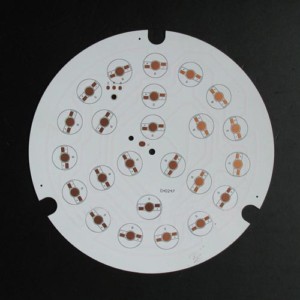
Innovative Uses for Budget-Friendly Ceramic PCBs
Ceramic printed circuit boards (PCBs) have long been recognized for their superior thermal management, high-frequency performance, and mechanical stability. Traditionally, these benefits came at a premium, making ceramic PCBs a choice primarily for high-end applications in aerospace, military, and advanced medical devices. However, recent advancements in manufacturing techniques and materials have led to the development of more cost-effective ceramic PCBs. This shift has opened up a plethora of innovative uses for budget-friendly ceramic PCBs across various industries.
One of the most significant areas where affordable ceramic PCBs are making an impact is in consumer electronics.
As devices become increasingly compact and powerful, the need for efficient heat dissipation becomes paramount. Ceramic PCBs, with their excellent thermal conductivity, offer a solution that is both effective and economical. For instance, in smartphones and tablets, ceramic PCBs can help manage the heat generated by high-performance processors, thereby enhancing device longevity and user experience. Additionally, the miniaturization of components facilitated by ceramic PCBs allows for sleeker, more compact designs, which are highly desirable in the consumer market.
Transitioning to the automotive industry, budget-friendly ceramic PCBs are finding applications in electric vehicles (EVs) and advanced driver-assistance systems (ADAS).
The high thermal stability and reliability of ceramic PCBs make them ideal for the harsh operating conditions encountered in automotive environments. In EVs, ceramic PCBs are used in battery management systems and power electronics, where efficient heat dissipation is crucial for maintaining performance and safety. Similarly, in ADAS, the high-frequency performance of ceramic PCBs ensures reliable operation of radar and communication systems, which are essential for the functionality of these advanced systems.
Moreover, the advent of the Internet of Things (IoT) has created a demand for durable and reliable PCBs that can operate in diverse environments.
Budget-friendly ceramic PCBs are well-suited for IoT applications due to their robustness and ability to withstand extreme temperatures and environmental conditions. For example, in industrial IoT applications, ceramic PCBs can be used in sensors and control systems that operate in high-temperature environments, such as manufacturing plants and oil refineries. This durability ensures long-term reliability and reduces maintenance costs, making ceramic PCBs a cost-effective choice for industrial applications.
In the realm of renewable energy, ceramic PCBs are being utilized in solar inverters and wind turbine control systems.
The high thermal conductivity of ceramic PCBs helps manage the heat generated by power electronics in these systems, thereby improving efficiency and reliability. As the renewable energy sector continues to grow, the demand for cost-effective and reliable components like ceramic PCBs is expected to increase, further driving innovation and adoption.
Furthermore, the medical industry is also benefiting from the affordability of ceramic PCBs. Medical devices, such as diagnostic equipment and wearable health monitors, require high reliability and precision. Ceramic PCBs provide the necessary performance characteristics while remaining within budget constraints. For instance, in wearable health monitors, ceramic PCBs can ensure accurate data collection and transmission, which is critical for patient monitoring and diagnosis.
In conclusion, the development of budget-friendly ceramic PCBs has significantly broadened their application scope across various industries. From consumer electronics and automotive to IoT, renewable energy, and medical devices, the innovative uses of these cost-effective ceramic PCBs are transforming the landscape of modern technology. As manufacturing techniques continue to evolve, it is anticipated that the adoption of ceramic PCBs will only increase, driving further advancements and efficiencies in numerous fields.

